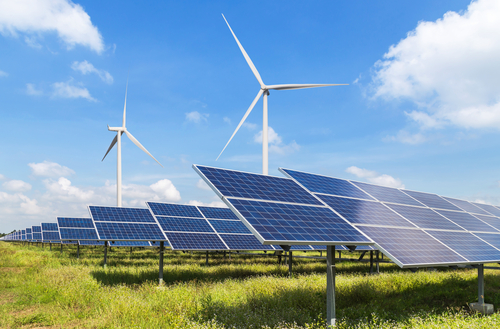Program that offers tax credits for wind and solar in low-income communities to launch soon

A program that provides a 10 or 20-percentage point boost to the investment tax credit for qualified solar or wind facilities in low-income communities will soon begin taking applications.
Applications for the federal Low-Income Communities Bonus Credit Program, established by the Inflation Reduction Act, will accept applications for the 2024 program year starting May 28 at 9:00 a.m. ET, the Treasury Department and the Internal Revenue Service (IRS) announced.
All applications submitted within the first 30 days, by 11:59 pm ET on June 27, will be treated as submitted on the same date and at the same time. After the initial 30-day period, the Department of Energy (DOE) will continue to accept applications on a rolling basis.
“The Low-Income Communities Bonus Credit Program is already boosting access to clean, reliable power in underserved communities, helping lower energy costs for low-income families, and creating good-paying jobs,” John Podesta, senior advisor to the president for international climate policy, said. “The program’s impact will grow even more in its second year thanks to the increased available capacity.”
On May 16, the Treasury and DOE will host a webinar, open to the public, about the 2024 program year application process. It starts at 1:00 p.m. ET.
The Low-Income Communities Bonus Credit Program annually allocates 1.8 gigawatts of capacity available through competitive application across four categories of qualified solar or wind facilities with maximum output of less than five megawatts. At least 50 percent of the capacity limitation in each category or sub-reservation will be made available to facilities that meet additional selection criteria.
The Treasury and the IRS recently announced that approximately 325 megawatts of available capacity will rollover to the 2024 program year. This will add to the annual 1.8 gigawatts of capacity for a total of over 2.1 gigawatts of capacity available in 2024.
